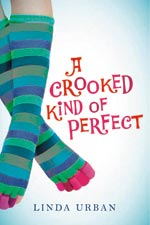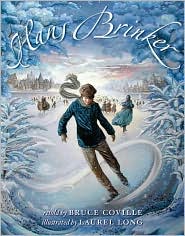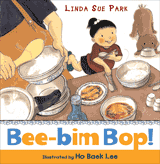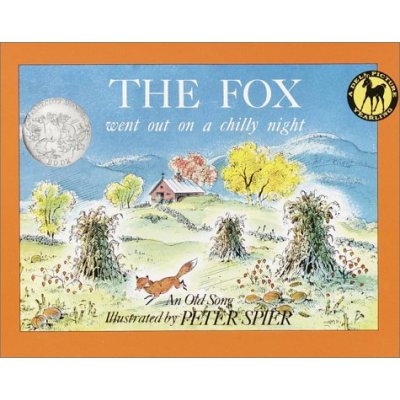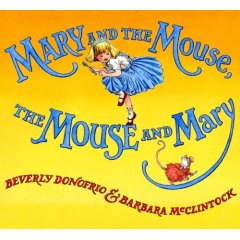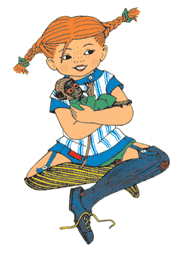Happy Santa Lucia Day! My own little Lucia (and her big brother Starboy) served us dinner by candlelight this evening instead of the traditional breakfast in bed, which can be a little harder to manage on a schoolday. Later we read this lovely book, a favorite from last year: Lucia and the Light by Phyllis Root; illustrated by Mary GrandPre (Candlewick, 2006). Note: The Lucia of Root's original folktale is not the same as the Italian saint or the Swedish legend. We know; and we don't care! This is still an appropriate book to read on Santa Lucia Day and around the time of the winter solstice (after all, in the Julian calendar December 13 was the winter solstice).
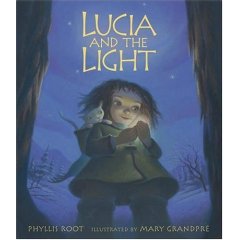 Lucia and the Light was inspired by Scandinavian mythology (and Minnesota winters). It's about a brave girl who climbs a snowy mountain in search of the sun and, with the help of her milk-white cat, rescues it from the trolls so it can resume its rightful place in the sky. I love the opening lines:
Lucia and the Light was inspired by Scandinavian mythology (and Minnesota winters). It's about a brave girl who climbs a snowy mountain in search of the sun and, with the help of her milk-white cat, rescues it from the trolls so it can resume its rightful place in the sky. I love the opening lines:
"Lucia and her mother and baby brother lived with a velvet brown cow and a milk-white cat in a little house at the foot of a mountain in the Far North. The cow gave milk, the cat slept by the fire, and the baby cooed and grew fat by the hearth. They were happy together, even when winter piled snow outside their door."
Who could resist that scene? Not I. I adore Phyllis Root's work, its rich and rhythmic language. And Mary GrandPre's (yes, that Mary Grandpre's) illustrations, done in pastels, manage to be luminous even when there is no light. Brava Lucia!



